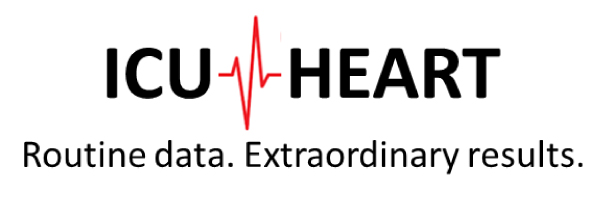Development and validation of the ISARIC 4C Deterioration model for adults hospitalised with COVID-19: a prospective cohort study
Gupta, R. K., Harrison, E. M., Ho, A., Docherty, A. B., Knight, S. R., van Smeden, M., Abubakar, I., Lipman, M., Quartagno, M., Pius, R., Buchan, I., Carson, G., Drake, T. M., Dunning, J., Fairfield, C. J., Gamble, C., Green, C. A., Halpin, S., Hardwick, H. E., Holden, K. A. & 21 others, 11 Jan 2021, (E-pub ahead of print) In: The Lancet Respiratory Medicine.
Abstract
BACKGROUND: Prognostic models to predict the risk of clinical deterioration in acute COVID-19 cases are urgently required to inform clinical management decisions.
METHODS: We developed and validated a multivariable logistic regression model for in-hospital clinical deterioration (defined as any requirement of ventilatory support or critical care, or death) among consecutively hospitalised adults with highly suspected or confirmed COVID-19 who were prospectively recruited to the International Severe Acute Respiratory and Emerging Infections Consortium Coronavirus Clinical Characterisation Consortium (ISARIC4C) study across 260 hospitals in England, Scotland, and Wales. Candidate predictors that were specified a priori were considered for inclusion in the model on the basis of previous prognostic scores and emerging literature describing routinely measured biomarkers associated with COVID-19 prognosis. We used internal-external cross-validation to evaluate discrimination, calibration, and clinical utility across eight National Health Service (NHS) regions in the development cohort. We further validated the final model in held-out data from an additional NHS region (London).
FINDINGS: 74 944 participants (recruited between Feb 6 and Aug 26, 2020) were included, of whom 31 924 (43·2%) of 73 948 with available outcomes met the composite clinical deterioration outcome. In internal-external cross-validation in the development cohort of 66 705 participants, the selected model (comprising 11 predictors routinely measured at the point of hospital admission) showed consistent discrimination, calibration, and clinical utility across all eight NHS regions. In held-out data from London (n=8239), the model showed a similarly consistent performance (C-statistic 0·77 [95% CI 0·76 to 0·78]; calibration-in-the-large 0·00 [-0·05 to 0·05]); calibration slope 0·96 [0·91 to 1·01]), and greater net benefit than any other reproducible prognostic model.
INTERPRETATION: The 4C Deterioration model has strong potential for clinical utility and generalisability to predict clinical deterioration and inform decision making among adults hospitalised with COVID-19.
FUNDING: National Institute for Health Research (NIHR), UK Medical Research Council, Wellcome Trust, Department for International Development, Bill & Melinda Gates Foundation, EU Platform for European Preparedness Against (Re-)emerging Epidemics, NIHR Health Protection Research Unit (HPRU) in Emerging and Zoonotic Infections at University of Liverpool, NIHR HPRU in Respiratory Infections at Imperial College London.

No responses yet